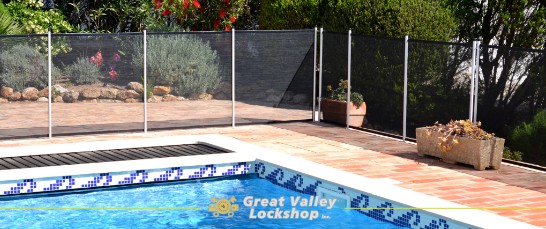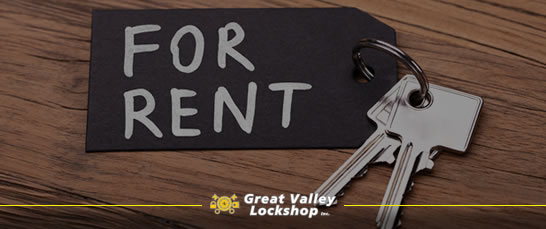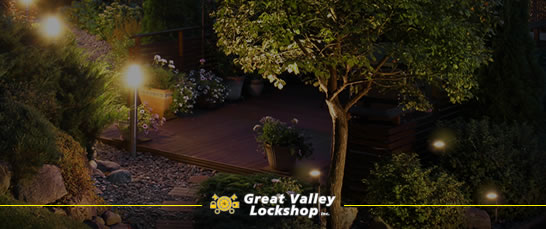
Pool Fences & Access Locks: Preventing Accidental Drownings
Importance of Pool Access Safety
Every year, many families confront the unimaginable pain of losing a child to drowning in swimming pools. The tragic accidents of Tampa Bay Buccaneers linebacker Shaquil Barrett‘s 2-year-old daughter, which happened very recently, and former Olympic skier Bode Miller‘s 19-month-old daughter serve as painful reminders of the importance of safety measures around swimming pools. In both cases, these devastating losses occurred within moments of inattention, highlighting the need for vigilance and the implementation of safety fences to protect young children.
The safety and well-being of our children is of utmost importance, particularly when it comes to preventing accidental drownings in backyard swimming pools. Young children are naturally curious and can easily wander into danger, often without realizing it. This article will discuss various safety measures, including childproof exterior door locks and pool alarms, which can help create a secure environment around pools, and significantly reduce the risks associated with unsupervised access.
We will examine some of the best brands and models of door locks and safety devices, pool alarm types, their advantages and limitations, and recommendations for pool fences. By implementing appropriate safety measures, pool owners can ensure higher security while maintaining a fun and enjoyable swimming environment for the entire family.
Child-Proof Exterior Door Locks
Securing doors to the backyard is crucial to ensure small children cannot access the outdoor area unattended. This is especially important in homes with backyard swimming pools, as it helps prevent accidental drownings. Children are naturally curious and may easily wander outside, drawn to the pool without understanding the potential dangers. Parents can significantly reduce the risk of drowning incidents by preventing their unattended access.
Securing doors with childproof locks or doorknob covers means that children cannot gain entry to the pool area without adult supervision. This allows caregivers to monitor their activities closely, ensuring they stay safe around water. Additionally, limiting access to the pool area enables parents to maintain control over the swimming environment, such as the use of flotation devices or adherence to safety rules. In short, securing backyard doors plays a pivotal role in preventing accidental drownings by creating a safety barrier between children and potential water hazards.
Most drowning incidents occur when children slip away unnoticed and enter the pool area, sometimes through a pet door. Use a robust and childproof lock on the exterior door to safeguard your child. This type of lock should be inaccessible to children but easy for adults to use. Here are some of the top brands and models for locks that can be used to secure backyard access and help keep kids safely away from the pool when unsupervised.
- GlideLok top-of-door locking device
- Jool Baby child-proof doorknob cover
- Tuut door lever lock device
- Sure Basics sliding door and window lock device
- Ideal Security sliding door security bar
Related article: Security Devices for Sliding Glass Doors.
Pool Alarms
Pool alarms play a crucial role in preventing pool-related accidents by alerting you when someone or something enters the pool. They offer peace of mind, are budget-friendly, and, in some cases, portable. With drowning being a leading cause of death among young children, pool alarms are essential for safeguarding susceptible individuals, such as children and pets.
These alarms utilize sensors to detect motions around the pool area. There are four common types: Surface Wave Detection Alarms float on the pool surface, detecting water disturbances; Sub-Surface Detection Alarms attach to the pool edge and monitor water disturbances; Threshold Alarms work with proximity sensors on doors or gates; and Wearable Water Detectors, worn as wrist or ankle bracelets, alert when the wearer enters the water. Each type has advantages and limitations, making it essential to select the most suitable option for your pool safety needs.
Pool Security Fencing
Studies show that many pool drownings are due to a lack of access protection. In order to keep kids safe, experts recommend installing a fence that surrounds the pool or hot tub entirely.
Laws regarding the requirement of fences around residential swimming pools vary depending on the country, state, or local jurisdiction. In many places around the world, including the United States, Australia, and Canada, certain regions have regulations that mandate residential pools to be enclosed with a safety barrier, such as a fence, to prevent unauthorized access and accidents, especially involving young children. The specific requirements for these fences’ height, construction, and other features may differ based on the region’s regulations. It is crucial for pool owners to be familiar with and adhere to their local pool fence regulations to ensure the highest level of safety around their swimming pools.
A barrier is required around public and private swimming structures in most areas. The fencing should reach at least 4 ft. heigh and the bottom of the fence should be no more than 4 in. from the ground. Any openings in the fence should not be larger than 4 in. in diameter.
Recommendations for Pool Fence Specifications
There are several recommendations and standards for pool fence specifications to ensure the safety of children around pools. While specific requirements might vary depending on your country or local jurisdiction, here are some general recommendations to consider:
- Height: A pool fence should be at least 4 feet (1.2 meters) high or higher, depending on your local regulations, to prevent children from climbing over it.
- Gaps: Ensure no gaps a child could crawl under or squeeze through. The space below the fence should not exceed 4 inches (10 cm), while the gaps between vertical bars should be less than 4 inches (10 cm) apart.
- Climbing prevention: Design the pool fence to make climbing difficult for children. This entails having vertical bars or slats instead of horizontal ones, and ensuring the fence is not installed near any climbable objects or surfaces.
- Latching and self-closing gates: Gates should be self-closing and self-latching, with the latch placed out of the reach of children, at least 54 inches (1.37 meters) from the ground.
- Lockable gates: Installing a lockable gate with a key, combination lock, or similar mechanism provides an added layer of security to prevent unauthorized access.
- Material and durability: Utilize materials like mesh, wrought iron, aluminum, or vinyl that are resistant to weather conditions and offer longevity.
- Visibility: The fence should allow some visibility to monitor activities around the pool area while maintaining adequate security.
It’s essential to check your local regulations, as they might have more specific or stringent requirements. Additionally, always maintain and inspect your pool fence and latching mechanisms to ensure their proper function and effectiveness.
Related article: the Ultimate Guide to Childproofing All Types of Doors.








